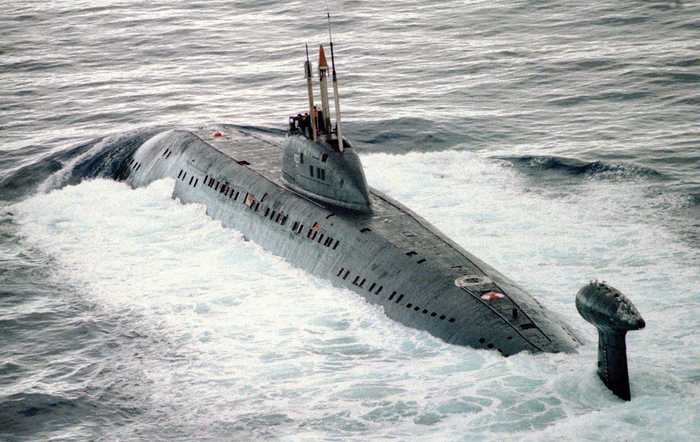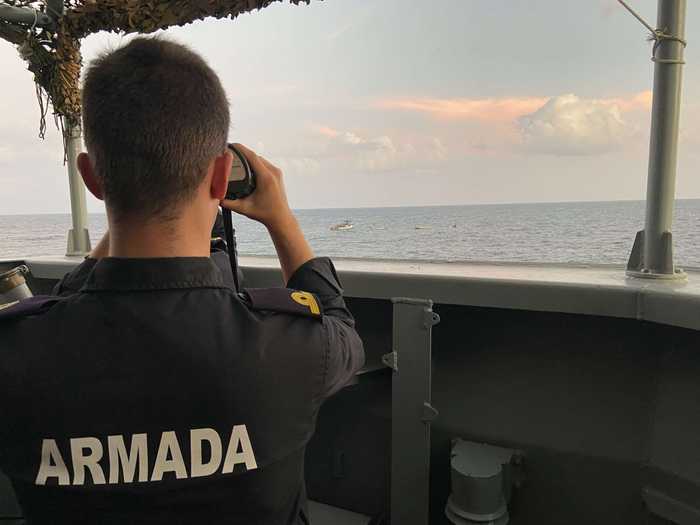Published 21:18 IST, January 4th 2024
Recent incidents, like the Chinese cargo ship anchor dragging in the Baltic Sea, highlight the vulnerability of the world's undersea infrastructure.
Advertisement
Rome: In the silent theater of warfare beneath the waves, recent events have brought attention to the vulnerability of the world's undersea infrastructure. The balance between offense and defense in seabed warfare has tilted, with aggressors exploiting the vast and delicate network of pipelines and cables that crisscross the ocean floor.
In a startling incident in the Baltic Sea, a Chinese cargo ship reportedly dragged an anchor for about 112 miles, severing an undersea gas pipeline and a vital telecoms cable connecting Estonia and Finland. The aftermath fueled allegations of sabotage, echoing a similar incident off Norway in 2022 where a Russian fishing trawler's repeated maneuvers damaged an undersea cable. These occurrences raise concerns about the security of the 750,000 miles of seabed internet cables crucial for global connectivity.
Advertisement
Russia's seabed dominance: A legacy of Cold War
The historical backdrop of seabed warfare traces back to the 1970s when U.S. Navy divers targeted Soviet communication cables. Russia, learning a tough lesson, invested heavily in undersea espionage, establishing an "in-built advantage." The Belgorod submarine, along with Delta-class submarines, equipped with manned and unmanned subs, positions Russia as a formidable force in seabed capabilities.

In response to the escalating threats, the U.S. deployed ships under the Cable Ship Security Program to monitor critical infrastructure, acknowledging the need for increased vigilance. However, experts argue that two ships may fall short in safeguarding extensive seabed networks. Legal challenges complicate matters, with Admiral Ben Key of the Royal Navy emphasizing the necessity for robust legal frameworks to protect pipelines and cables in international waters.
Advertisement
Europe's vigilant stance
European nations are intensifying efforts to defend the seabed, recognizing the growing threats. France and the U.K. have unveiled strategic plans, including the launch of the Proteus vessel and a task force involving multiple nations. Italy and Norway are leveraging commercial partnerships for data, tapping into the vast resources of the private sector. A joint European Union seabed security program, led by Italy, showcases a forward-looking approach, incorporating undersea drones with autonomous monitoring capabilities.

As the world grapples with the increasing number of undersea internet cables, nations are exploring innovative solutions. Undersea drones, capable of persistent monitoring and autonomous operations, offer promise, yet concerns linger about potential misuse for sabotage. Advancements in low-frequency, active sonar and synthetic aperture sonar provide hope for enhanced surveillance and threat detection. Researchers are even exploring the conversion of fiber-optic cables into giant sensors to detect underwater disturbances.
Advertisement
In a world where the battleground extends beneath the waves, nations are navigating uncharted waters to secure the undersea realm, balancing technological innovation with the imperative to safeguard vital global connectivity. As the stakes rise, the call for international cooperation and legal frameworks becomes more urgent to ensure the resilience of the seabed infrastructure that underpins our interconnected world.
21:18 IST, January 4th 2024